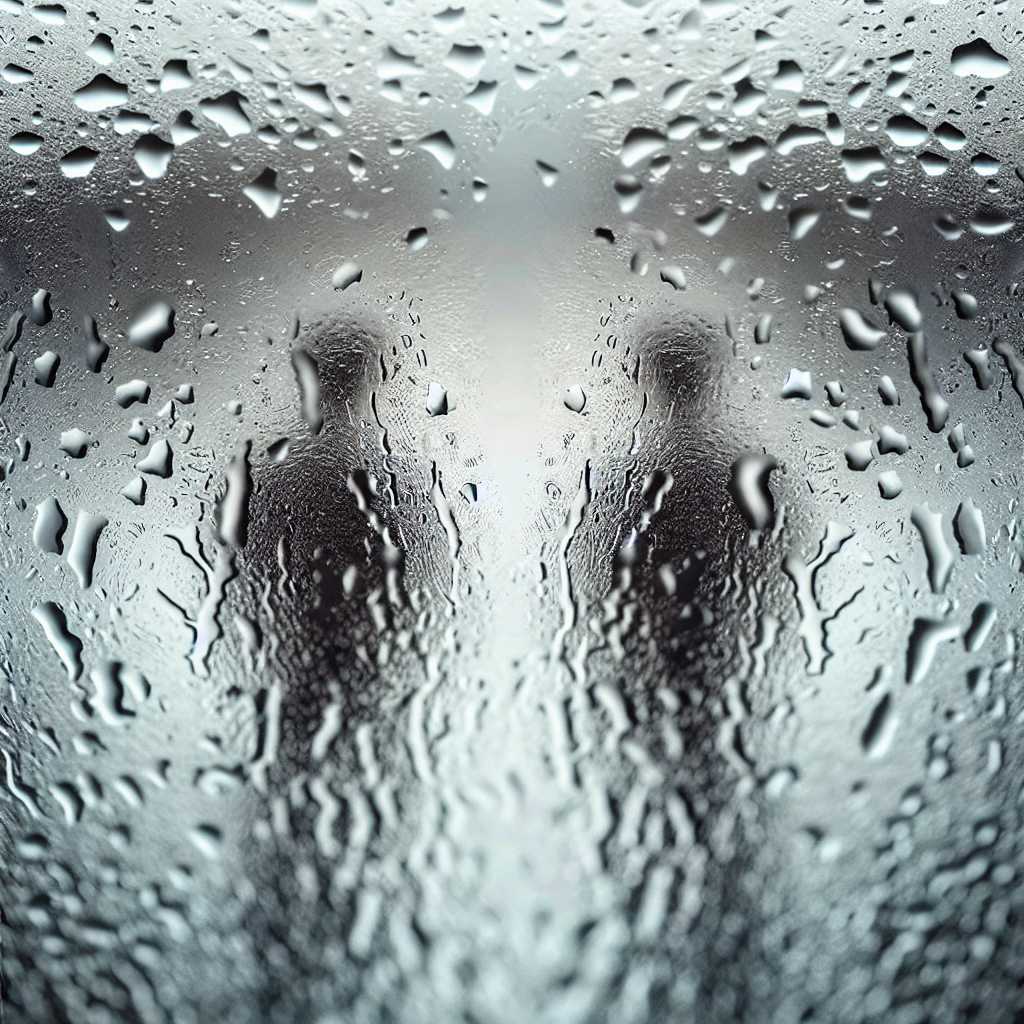The Multifaceted Nature of Slate: A Comprehensive Look at a Timeless Material
Slate is a fine-grained, foliated, homogeneous metamorphic rock derived from an original shale-type sedimentary rock composed of clay or volcanic ash through low-grade regional metamorphism. It is renowned for its durability and has been utilized throughout history for a variety of functions ranging from roofing materials to a surface for fine art. This article explores the geological origins, historical applications, modern-day uses, and maintenance of slate as well as its place in culture and industry.
Geological Origins and Formation Processes of Slate
*Slate is primarily composed of minerals such as quartz and muscovite or illite, frequently along with biotite, chlorite, hematite, and pyrite and, less frequently, apatite, graphite, kaolinite, magnetite, tourmaline, or zircon. It forms when sedimentary rocks such as shale are subjected to significant heat and pressure underground.*
The formation of slate occurs over substantial periods of geological time. As shale deposits get buried deeper beneath the Earth’s surface due to tectonic plate movements and sediment buildup, they are exposed to increased temperatures and pressures. This process prompts the physical and chemical alteration of the original clays within the shale into new minerals. As these alterations get underway, the rock develops a pronounced platy foliation – a characteristic property by which it can be split easily into thin layers.
Historical Usage and Architectural Significance
*Since ancient times, slate’s durability and resistance to weathering made it a favored material in construction.*
In historical contexts, slate was predominantly employed in regions where it was locally available, minimizing transportation issues related to its significant weight. In countries like Wales, Spain, and parts of France and the United States, slate became the material of choice for roofing tiles due to its longevity and the minimal maintenance it required once installed.
In architecture, slate tiles are known not only for providing watertight roofing but also for their aesthetic beauty. Their natural variation in color – from greys and blues to greens and purples – ensures that each installation is unique. Historic structures sporting slate roofs are often considered architectural jewels and can hold increased historic value.
Modern Applications: Beyond Roofing
*While traditional uses persist, technological advancements have diversified the roles of slate in construction and design spheres.*
Beyond its use in traditional roofing designs, slate has found new applications due to modern cutting and shaping techniques. These applications include flooring tiles, landscaping materials for walkways and patios, billiards tables, laboratory tabletops due to its chemically-resistant properties, and even electronic devices’ backplates#. Architects and designers now often favor slate as a high-end material that imparts an air of sophistication as well as functionality.
Slate has also held ground as a medium in fine art; due to its smooth flat surface it serves well for etching designs or texts. Indeed, this feature lent itself well to the historic use of slate as a medium for writing in education–with chalk being easily used upon its surface before the days of more modern means.
Maintenance Requirements: Preserving Slate’s Integrity
*Maintaining slate properly can extend its useful life even further.*
As with any building material, there are certain maintenance routines which are paramount in preserving the integrity of slate over time. It is essential to perform regular inspections of slate roofing or flooring to identify any cracks or damages early on. It’s also advisable to clean the surfaces gently with non-acidic solutions to avoid chemical damage that may impact its color or cause structural weakness.
For indoor applications like flooring, routine sealing can prevent stains and blemishes while enhancing resistance to foot traffic. Similarly for outdoor use as tiles or in gardening settings, proper seasonal treatments can mitigate wear from weather elements.
The Cultural Importance of Slate: A Symbol of Heritage
*Slate’s deep-rooted presence throughout history has not only made it an important industrial product but also a part of cultural heritage in various regions.*
In areas like North-Western Spain (Galicia), North Wales, and the area around Vermont (USA), slate has shaped the livelihoods of communities where generations have worked in quarrying and shaping this stone. Furthermore, tourism often revolves around ancient structures topped with distinctive gray-blue slates that have stood the test of time—a testament to both the skill of craftspeople who worked with such materials and nature’s creation that has endured.
Statistics & Facts: Understanding Slate’s Significance
–
–
–
–
Summary
This comprehensive look at slate illustrates the depth and breadth of this versatile material’s impact on our lives—from geological formation over millions of years to indispensable asset in both historical constructions and contemporary designs demonstrating elegance and resilience. Although technology continuously presents newer materials in the construction industry, cliffside fires like slate remain a mainstay offering biodiversity aside endurance which continues despite tootho their architectural charm around over regions harvest at their robe

